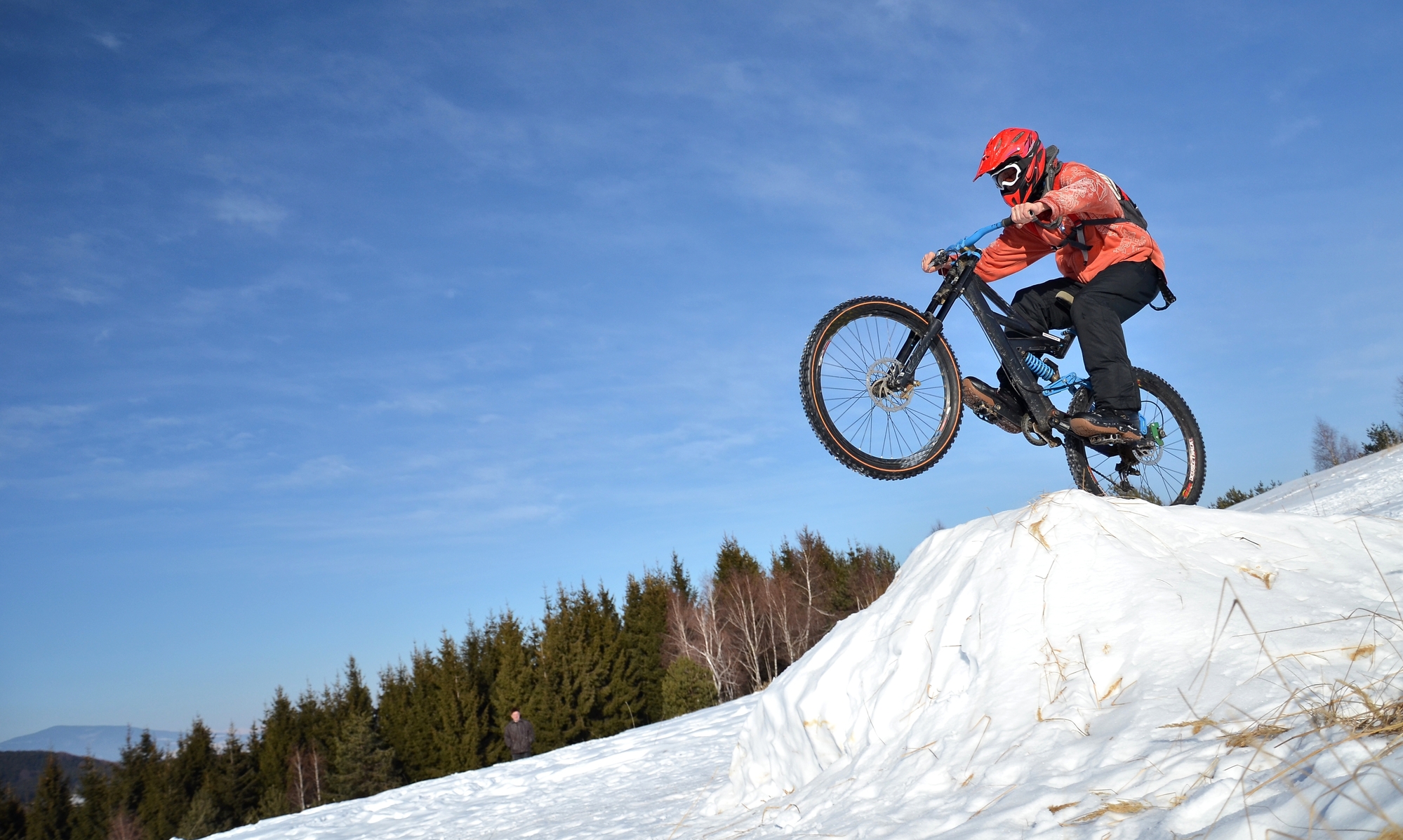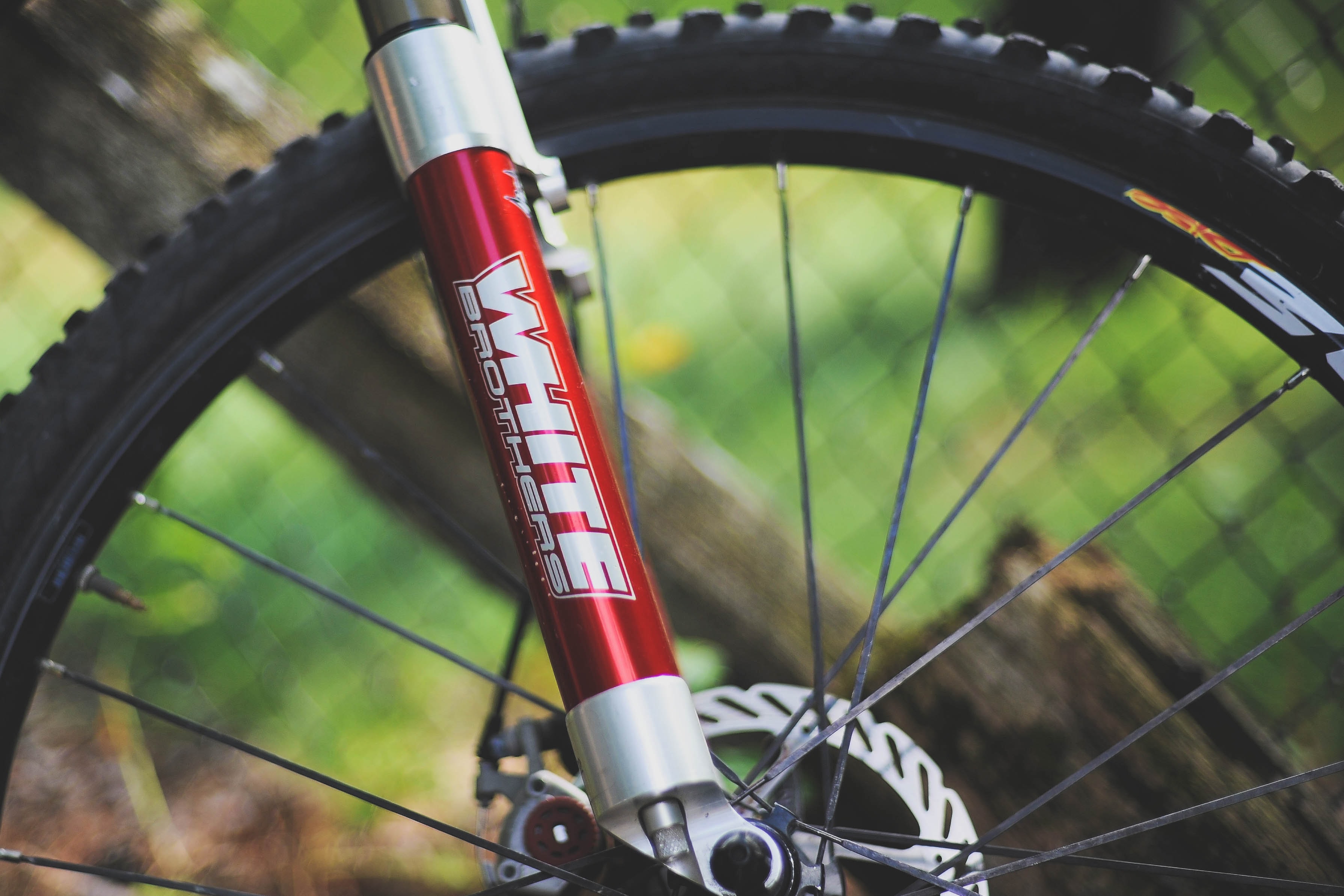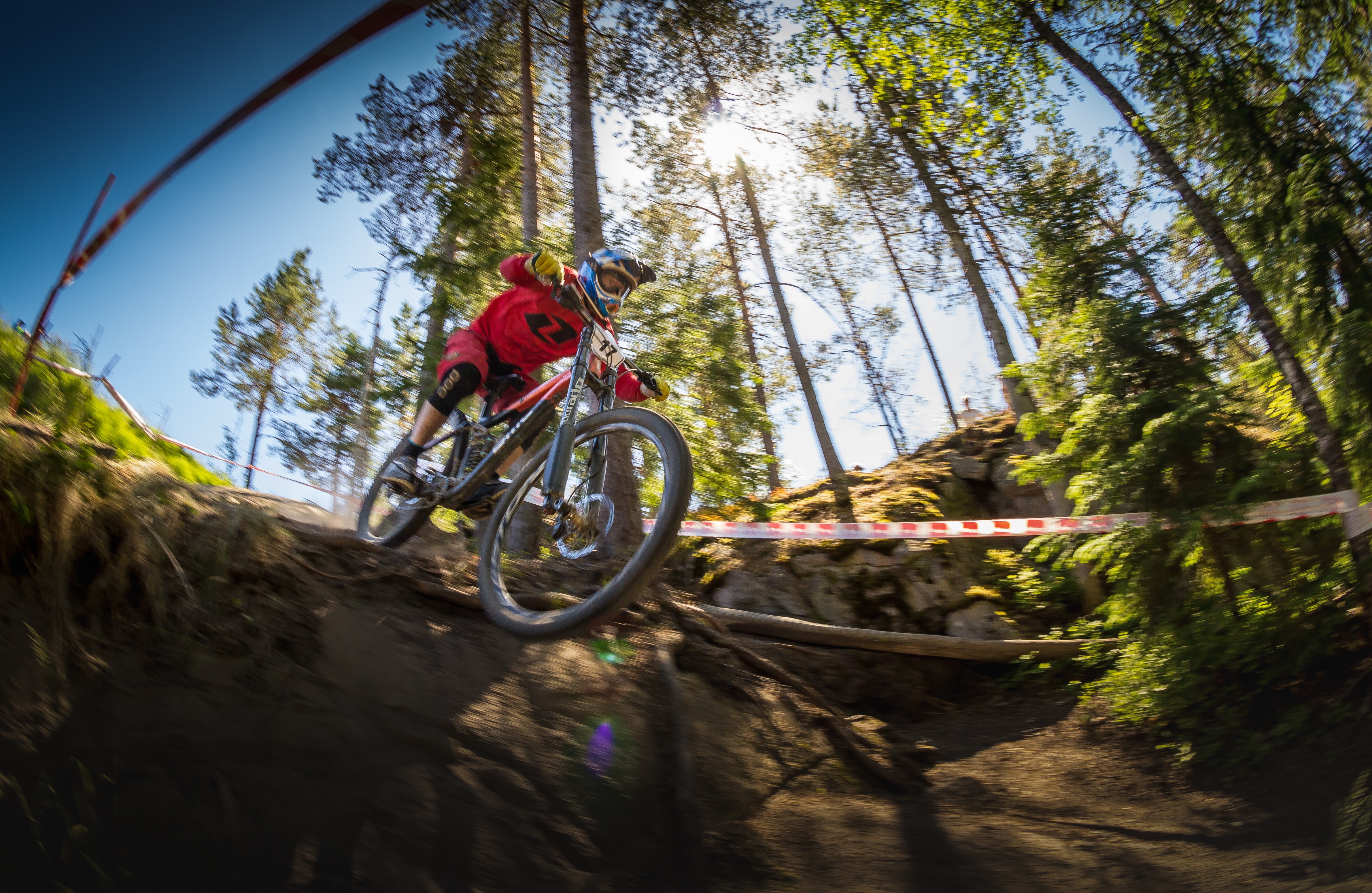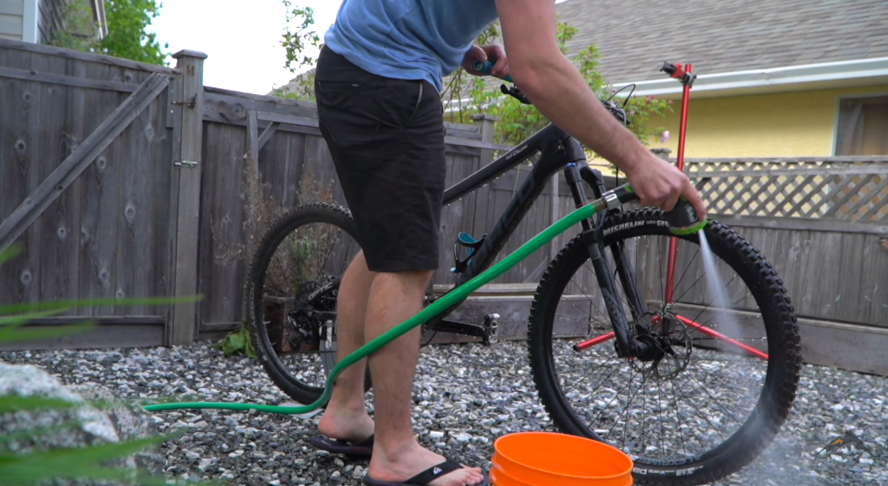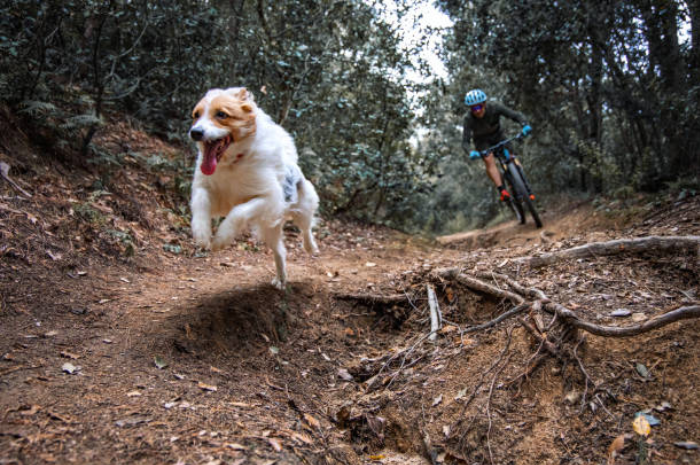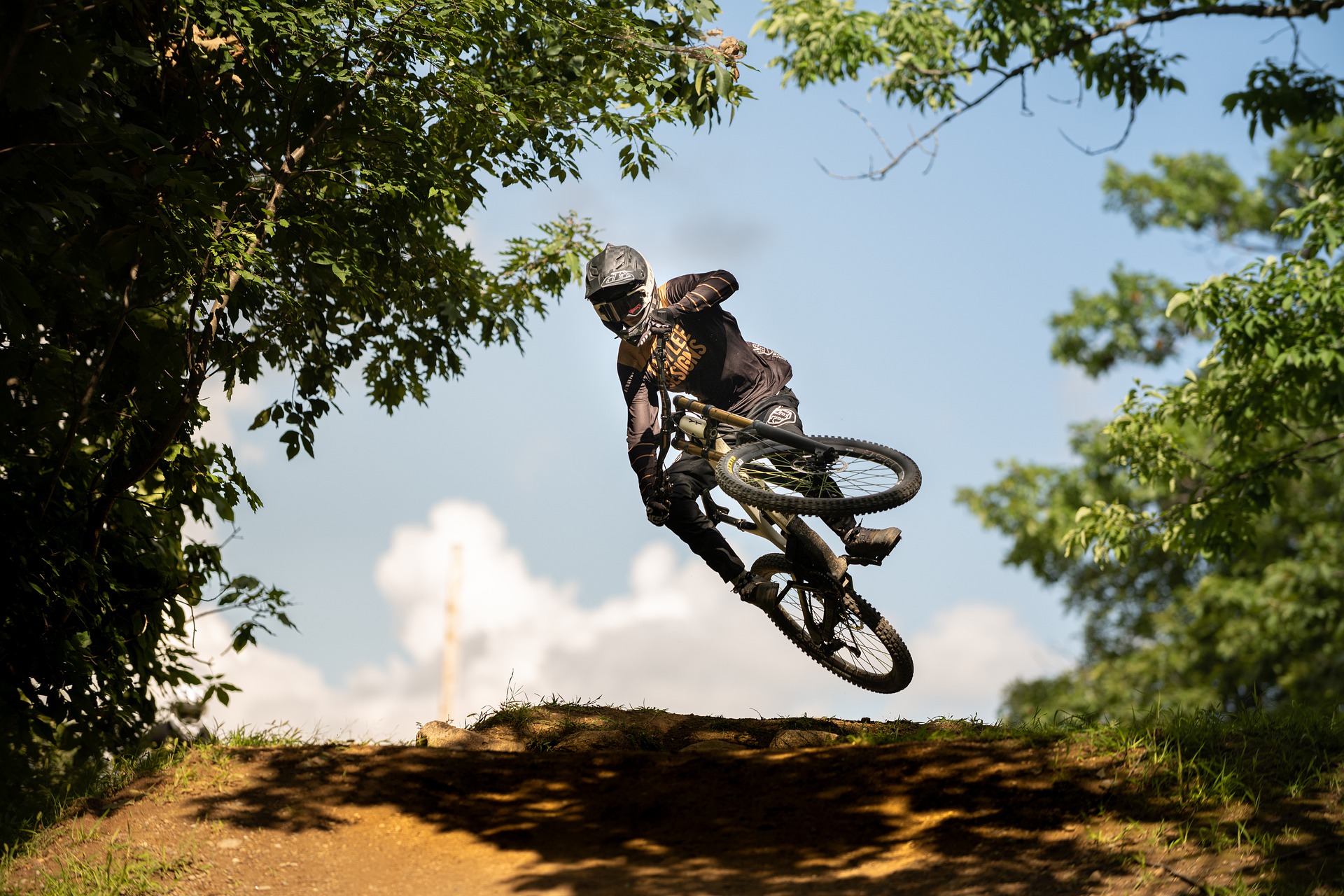Riding your bike outdoors is already a fun and exciting activity in itself. Still, winter riding adds a new dimension of thrill that adrenaline junkies love.
If you’re lucky enough to live somewhere with a winter season, you’ve probably prepared your bike to make your rider safer. However, if you’ve never experienced winter riding before, you should know how to prepare your bike to avoid injuries.
This article will guide you through the process of winterizing your bike. We'll also help you choose the right gear and outfit to make your ride safe, enjoyable, and comfortable.
Preparing Your Bike for the Winter
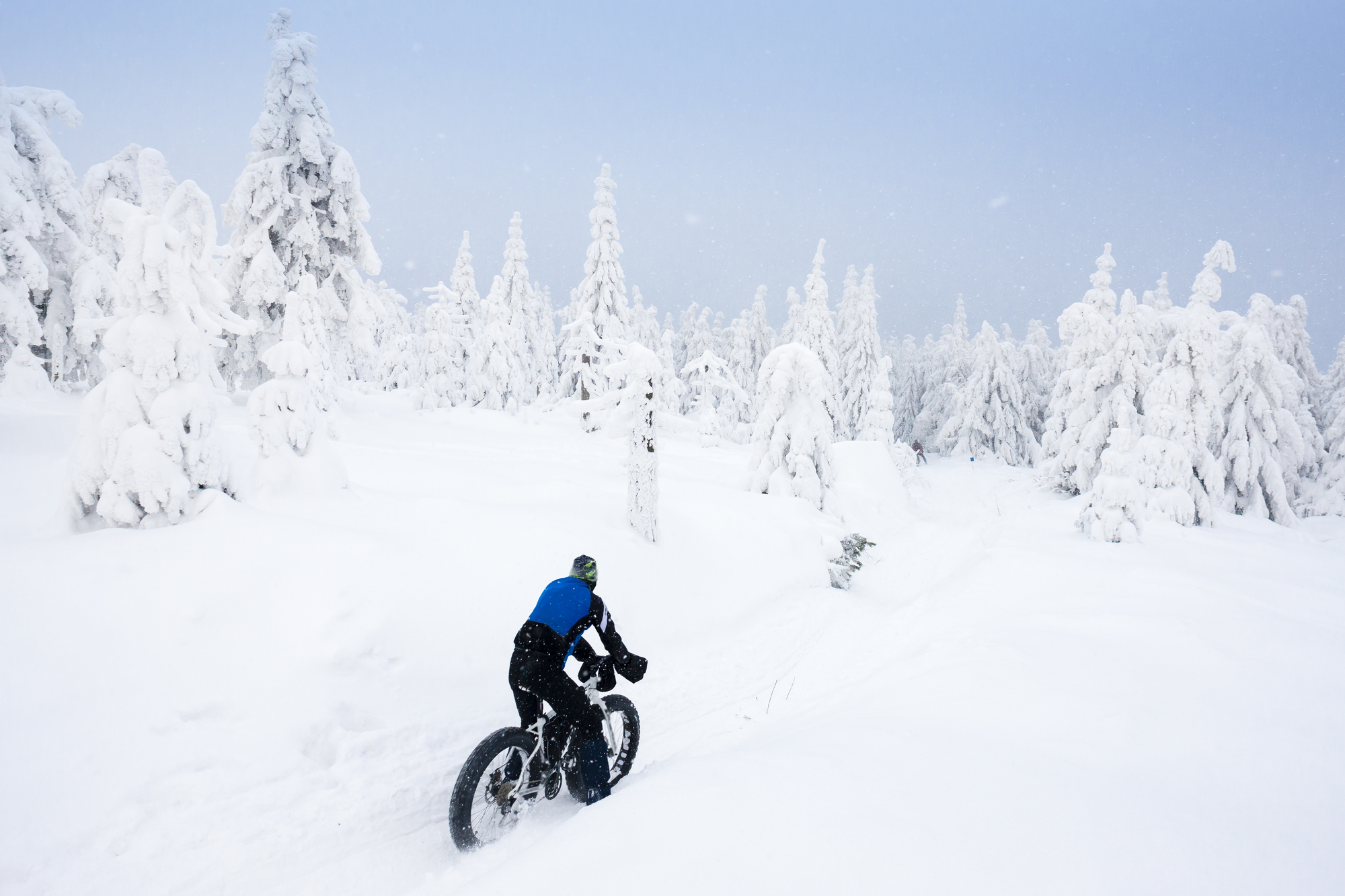
No question: riding in cold temperatures is hard on your bike. The additional moisture, hard soil, and decreased traction can play hell on your bike’s moving parts, particularly on your brakes and treads.
Many people mistakenly believe that you need a unique bike for riding in the winter. However, the truth is that you can use your regular mountain bike as long as you take the necessary precautions.
Here are the things you need to do to modify your mountain bike and make it suitable for winter riding:
Adjust Your Tire Pressure
The first thing you need to do is lower your bike’s tire pressure. Typically, your bike’s front tire pressure should be around 18-20 PSI, while the back tire pressure should be approximately 24-26 PSI.
Before you hit the trails, take the time to adjust to your bike’s new tire pressure. You’ll find that your ride feels less bouncy than usual. It might take some trial and error before you find the proper tire pressure for your weight and type of bike.
Grease Your Chain
The cold temperatures and added moisture can cause your chain to slow down, if not freeze completely. To keep your chain running smoothly, add lube or grease to your chain before every ride.
Use a soft microfiber to apply the grease to get the lubricant into every link. Using a cloth to apply the oil also prevents the compound from smearing or dripping on your brakes and pedals.
Switch to Disk Brakes
Remember that winter riding means that you’ll be riding in slippery conditions. This means that having reliable and robust brakes is a MUST.
If you’re using regular rim brakes, you should consider switching to disk brakes if you ride in winter conditions regularly. Disk brakes are faster and more powerful compared to rim brakes.
Some Great Tips And Tricks
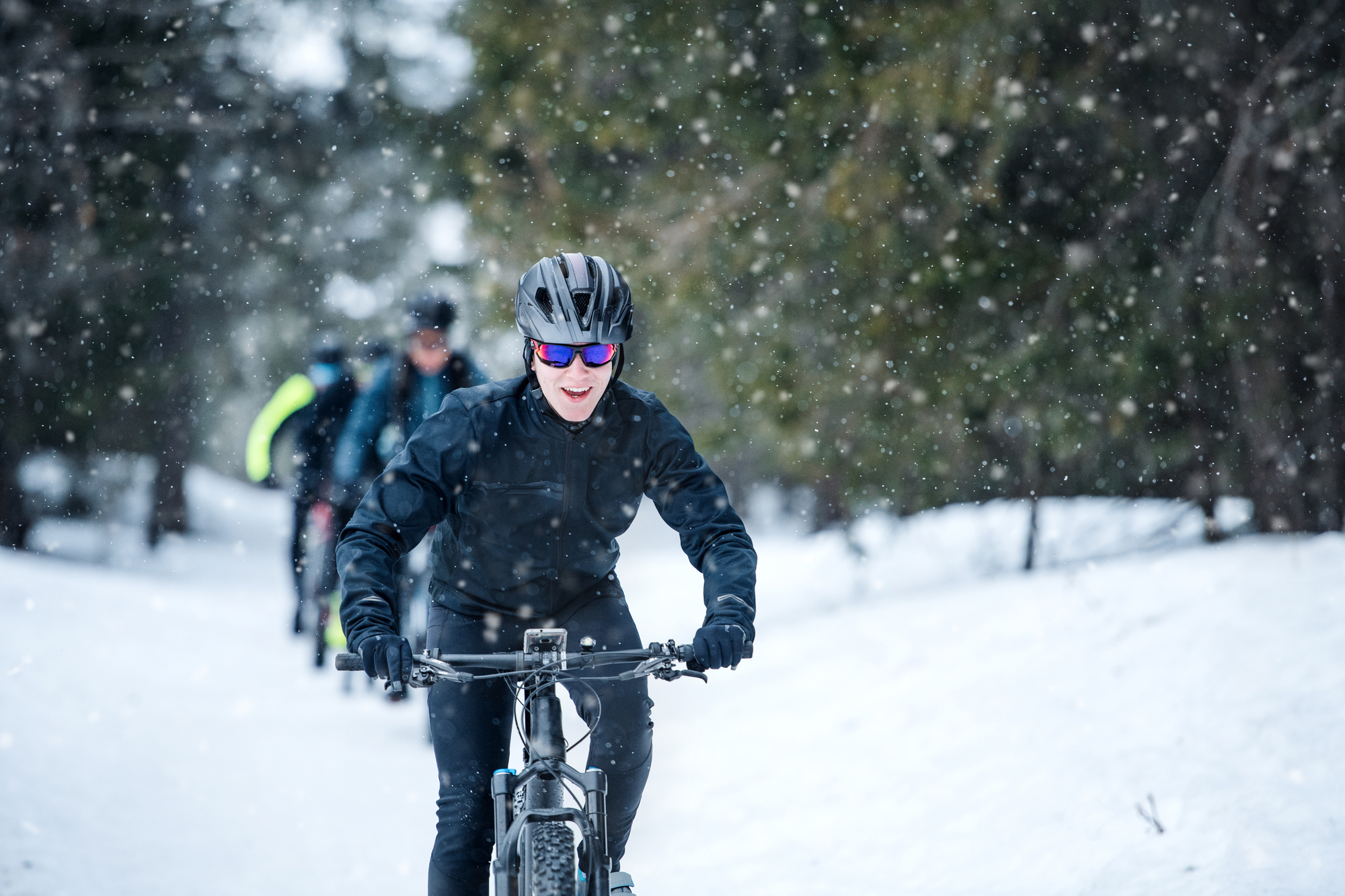
Now that you know the basics of winter mountain biking, here are some great tips before heading out into the cold!
Use Winter Gear You Own
There is no need to purchase new winter gear. Using gear that you already have is a great way to save a few bucks. If you have clothes for other winter sports such as sledding or skiing, you can use the same gear such as your goggles, face warmers, and gloves.
Keep Your Water From Freezing
If there is one piece of winter-specific gear you should buy, it’s an excellent insulated bottle. Water can freeze quickly while you’re riding your bike during the winter. You don’t want to get stuck outside with no fresh water on hand!
Test Your Lights
Before heading out, test all your lights to see if they work correctly in the cold. Cold temperatures can cause your lights to freeze or malfunction. You should also test your reflectors to see if they function correctly, particularly in gloomy or poor lighting conditions.
Keep Your Hands and Feet Warm
Your hands and feet can freeze up and become painful quickly. If you don’t have winter biking gloves, you can use your regular gloves if you pair them with disposable hand warmers. Disposable hand warmers can prevent your fingers from becoming frostbitten! As for your feet, avoid wearing cotton socks since they tend to soak up sweat and become uncomfortable. For winter riding, wool socks are best for keeping warm and wicking sweat away from your skin.
Proper Winter Biking Outfit
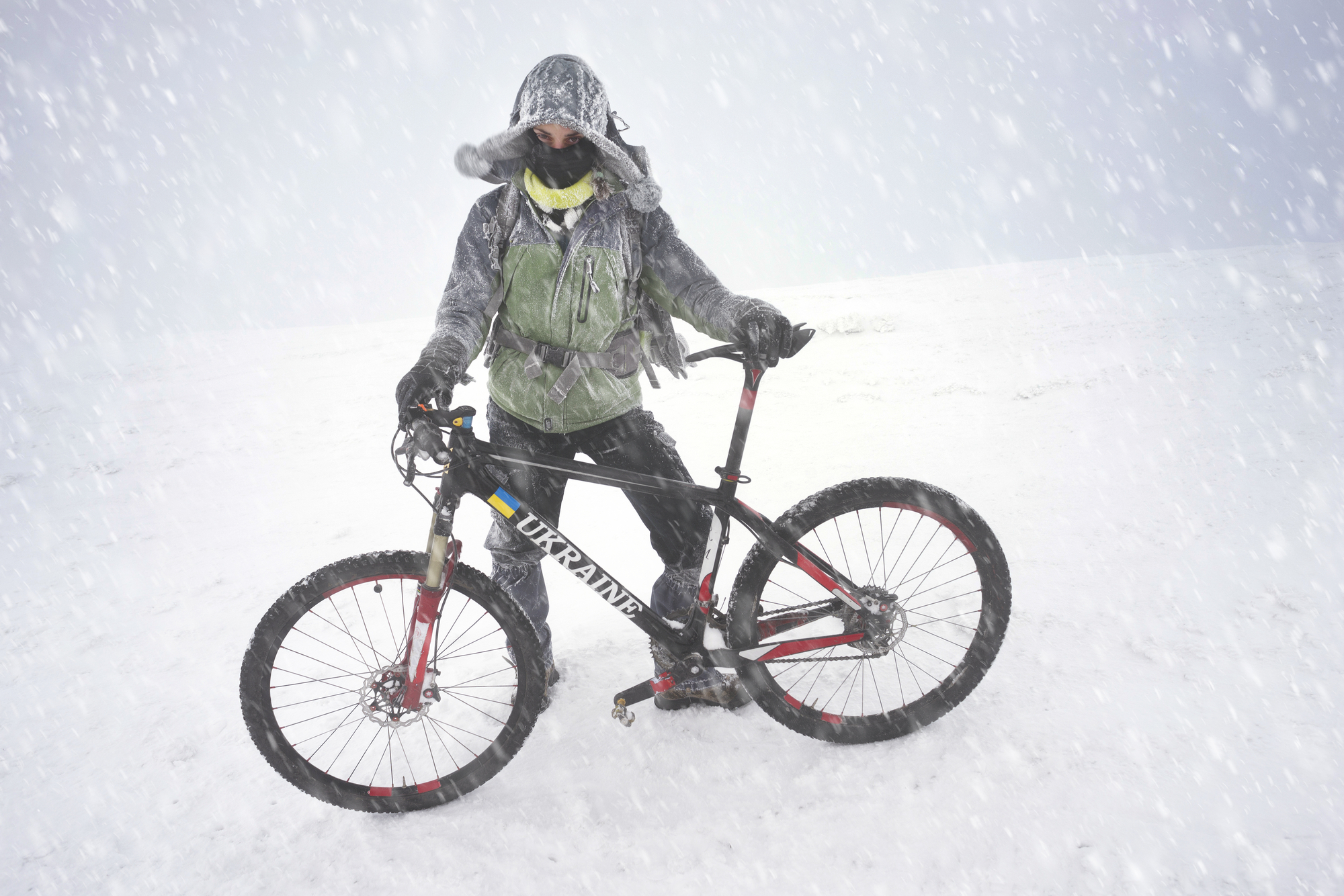
Finally, make sure you’re appropriately dressed for cold temperatures. Many first-time winter riders forget that they’ll be working up a sweat, no matter how cold it is outside. A good rule of thumb is to dress up as you usually would during winter: wear layers! What kind of layers you choose will make all the difference for winter bike riding.
- Base Layer
Your base layer is the most crucial piece of clothing to ensure your comfort. Choose a material that wicks away body sweat while keeping you warm. Merino wool is one of the most popular materials for winter bike rides. While it’s a bit pricey, you can consider it an investment if you regularly plan to go winter riding.
- Pants
Next, choose a comfortable pair of riding pants that won’t impede your movement. Your pants should have articulated knees and a gusseted crotch so that you can still move freely and keep warm. If you’re buying a new pair of biking pants for winter riding, make sure that you choose a water-resistant one.
- Mid Layer
Wearing a mid-layer for winter riding comes down to your personal preference. Some riders opt for mid-layer for added heat and protection, mainly if they are riding in extremely cold or snowy weather. However, some riders find that a mid-layer can feel too bulky and restrictive. If you opt for a mid-layer, jackets made from Merino wool are a good choice.
- Outer Layer
If you have a mid-layer, you can finish your winter riding outfit with a soft-shell jacket or an insulated hybrid jacket to still move about easily. However, if you skip the mid-layer, you need a thick and fully-insulated coat for the best protection. A jacket with a double layer design can offer both insulation and water resistance.
- A Hat
During winter bike riding, you’ll lose a considerable portion of your body heat through your neck and head. You should protect these spots to keep your core temperature stable. If your jacket doesn’t have a collar and a hood, you can use a neck gaiter and a beanie to insulate your head and neck.
Conclusion
There is no denying that winter riding is a fantastic way to up your biking game. Something about taking on the extra challenge of winter biking makes any riding session feel special.
Your safety should be your top priority when riding in cold temperatures! Remember that winter conditions pose more hazards, mainly because of the slippery terrain and potential hidden obstacles in your path. You should never compromise on your gear and the state of your bike. There is no reason you can’t have a great and safe winter bike ride as long as you take all the necessary precautions.
Happy winter riding!

